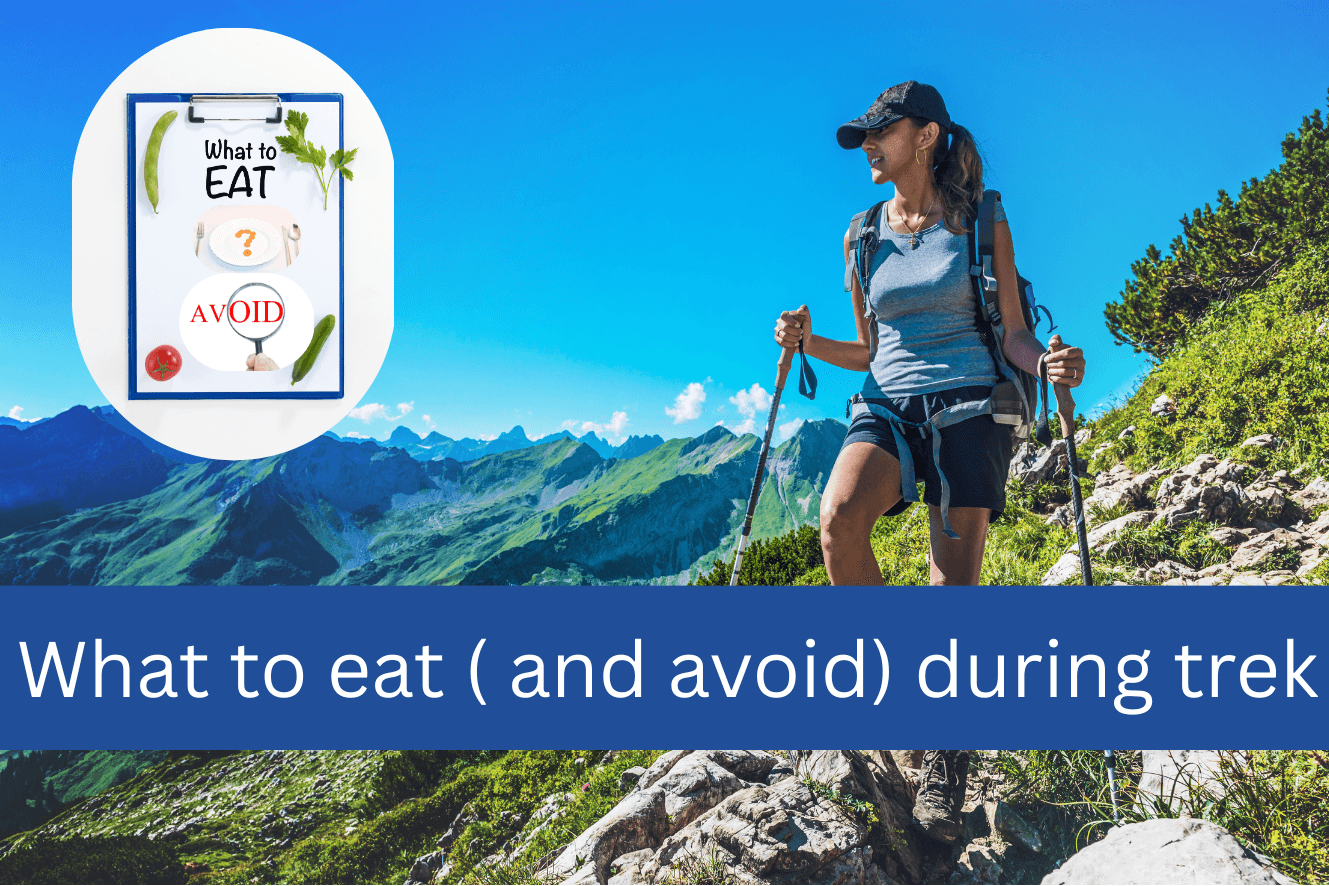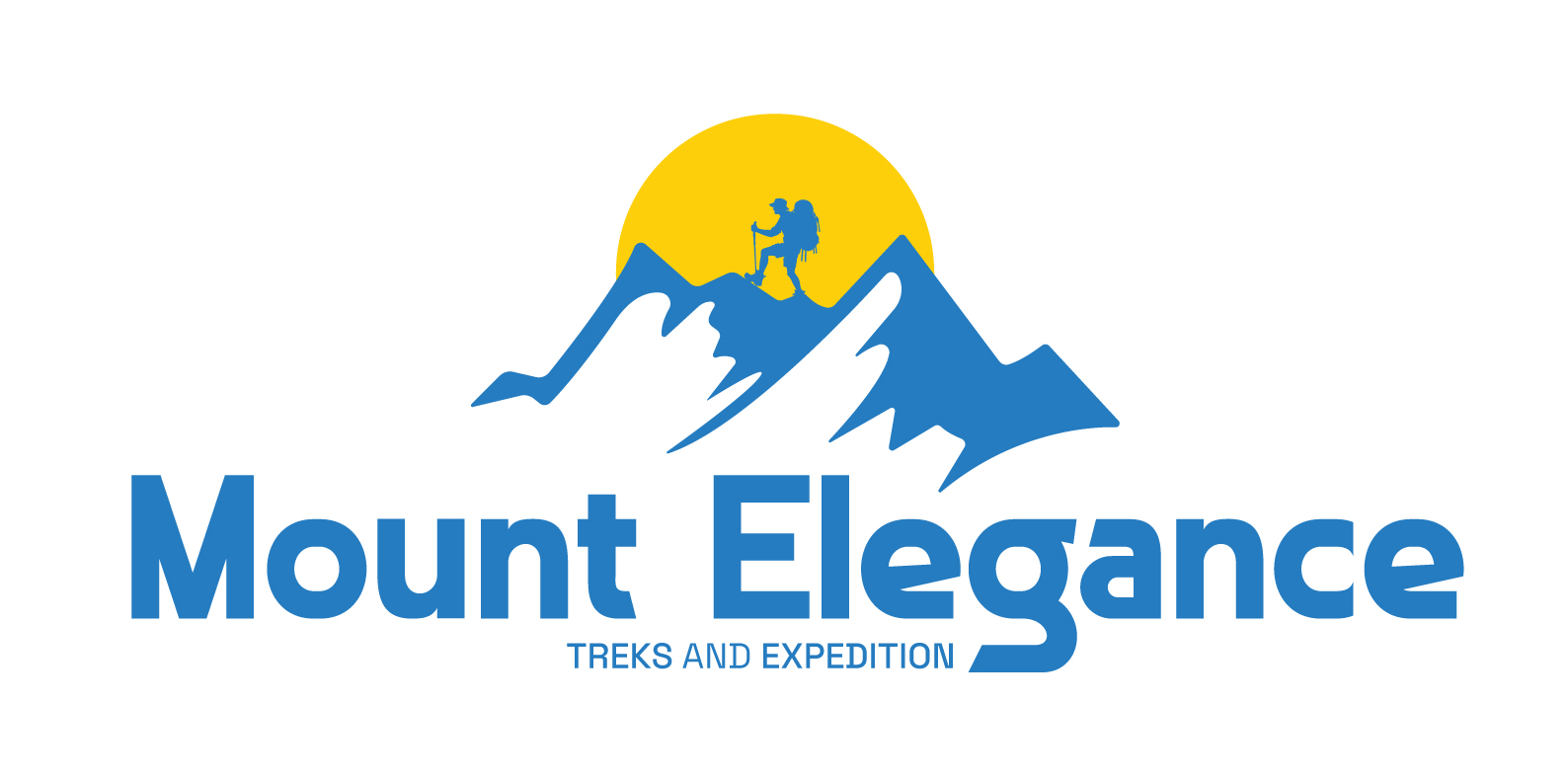Fuel Your Trek: ”What to Eat and Avoid for a Safe Himalayan Adventure”

Picture this: You’re perched on a sun-kissed ridge in the shadow of Everest, the crisp mountain air filling your lungs, and a steaming plate of dal bhat warming your hands. That first bite? It’s not just food—it’s the spark that propels you forward on your Everest Base Camp trek. As a trekker who’s swapped office chairs for yak trails, I know the magic of Nepal’s landscapes. But let’s be real: without the right fuel, even the mightiest mountains can humble you.
In this guide, we’ll dive deep into what to eat (and avoid) while trekking in Nepal. Whether you’re gearing up for the Annapurna Circuit or a gentle jaunt through the Langtang Valley, smart eating isn’t just about survival—it’s about thriving. Drawing from years of guiding adventurers with Mount Elegance Treks, I’ll share stories, tips, and insider secrets to keep your energy soaring and your stomach happy. Ready to turn every meal into a milestone? Let’s trek on!
Table of Contents
- Why Nutrition Matters on Your Nepal Trek
- What to Eat: Power-Packed Foods for Peak Performance
- What to Avoid: Steering Clear of Trekking Pitfalls
- Unique Nepali Culinary Gems to Savor
- Hydration and Smart Snacking Strategies
- Conclusion: Embark on Your Flavorful Journey
Why Nutrition Matters on Your Nepal Trek
Trekking in Nepal isn’t a casual stroll—it’s a high-altitude ballet of endurance and elevation. At altitudes pushing 5,000 meters, your body burns calories like a bonfire, and poor choices can lead to fatigue, altitude sickness, or worse. According to the Nepal Tourism Board, proper nutrition supports acclimatization and boosts oxygen efficiency, turning potential struggles into triumphant summits. So we must consider what to eat (and avoid) during the trek.
Think back to my first Annapurna trek: I ignored the basics, chowed down on mystery street eats, and spent a day curled up in my tent. Lesson learned? Balance carbs for quick energy, proteins for repair, and fats for sustained power. It’s the trifecta that ensures your trek isn’t just safe, but spectacularly successful.

What to Eat: Power-Packed Foods for Peak Performance
When it comes to what to eat (and avoid) on the trail, focus on fresh, local, and lightweight options that pack a nutritional punch. Nepal’s cuisine is a trekker’s dream—affordable, flavorful, and perfectly tuned to high-altitude demands. Here’s your go-to lineup.
Dal Bhat – The Trekker’s Staple
If dal bhat were Nepal’s national anthem, we’d all be singing it twice a day. This humble lentil curry served over rice (with veggie sides and pickle) is the undisputed king of trekking meals. Why? It’s carb-heavy for glycogen stores, protein-rich from the dal, and endlessly refillable—teahouses often offer “unlimited” seconds for a steal. It is generally recognized as Dal Bhat power 24 hour in Nepal.
Pro tip: Opt for the veg version to keep things light. On our Manaslu Circuit treks, I’ve seen groups demolish plates of it at Thorong La Pass, emerging energized for the descent. For official health nods, check the WHO’s Nepal nutrition guidelines.
Momos and Energizing Snacks
Craving comfort? Momos—steamed or fried dumplings stuffed with buffalo, veggies, or cheese—are portable bliss. They’re like Nepali potstickers: bite-sized bursts of flavor that deliver protein and satisfaction without weighing you down.
Pair them with tsampa (roasted barley flour) balls for a Tibetan twist—mix with tea for an instant energy hit. These kept me going during a rainy day on the Poon Hill trek; they’re not just food, they’re morale boosters.
Fresh Fruits, Nuts, and Local Superfoods
Nepal’s orchards gift you apples from Marpha and oranges from lower valleys—fresh, hydrating, and vitamin-loaded. Toss in almonds, walnuts, or Nepal’s own chiura (beaten rice) for trail mix magic. Superfoods like gundruk (fermented greens) add probiotics for gut health, crucial at altitude.
For a unique twist, try sel roti, a rice doughnut fried fresh in villages—sweet, gluten-free fuel that’s as fun to eat as it is effective.
What to Avoid: Steering Clear of Trekking Pitfalls
Knowing what to eat (and avoid) is your secret weapon against derailed treks. Nepal’s trails are rugged, but so are the risks from contaminated or heavy foods. Listen to your body—and these warnings—to stay on track.
Raw or Undercooked Meats
That sizzling yak skewer might tempt, but skip raw or underdone meats. High altitudes slow digestion, and bacteria thrive in remote spots. The UK Government’s travel health advice for Nepal flags this as a top culprit for traveler’s diarrhea.
Story time: A client once ignored this on a Gokyo Lakes trek and bowed out early. Stick to well-cooked options for worry-free wandering.
Street Food and Water Hazards
Vibrant bazaars are charming, but avoid uncooked veggies, peels, or anything rinsed in dubious water. Ice in drinks? A hard no. Instead, boil it, bottle it, or use purification tabs—your gut will thank you.
For trekking permits and safety, the Nepal government’s trekking portal emphasizes hydration hygiene.
Heavy Dairy and Processed Junk
Rich cheeses and creamy curds are delicious but can curdle at altitude, causing bloating. Ditch chips and sodas too—they dehydrate and crash your energy. Opt for natural over processed for that complete success you’re chasing.
Unique Nepali Culinary Gems to Savor
Beyond basics, Nepal’s food scene shines with rarities like chatamari (Newari rice crepe pizza) or thukpa (hearty noodle soup) in Sherpa lodges. These aren’t just meals; they’re cultural bridges. On our Langtang Valley adventures, sharing a bowl of thukpa with locals forged bonds deeper than any viewpoint.
They’re unique because they blend Tibetan, Indian, and indigenous flavors—proving Nepal’s treks feed the soul as much as the body.
Hydration and Smart Snacking Strategies
Don’t forget the unsung hero: water. Aim for 4-5 liters daily, infused with lemon for zing. Snacks? Energy bars from Kathmandu, but nothing beats local honey-drizzled oats.
Pack light: Energy gels for emergencies, but embrace teahouse feasts. It’s this rhythm that makes your trek safe, sustainable, and sublime.
Conclusion: Embark on Your Flavorful Journey
As the sun dips behind Annapurna, savoring that last momo, you’ll realize: trekking Nepal is as much about taste as triumph. By mastering what to eat (and avoid), you’re not just hiking—you’re harmonizing with the Himalayas for a trek that’s proper, safe, and utterly successful.
\Ready to taste adventure? At Mount Elegance Treks, we craft personalized itineraries blending epic trails with authentic eats. Inquire today or book your dream trek—let’s make your Nepal story legendary. What’s your first must-try? Drop a comment below!
